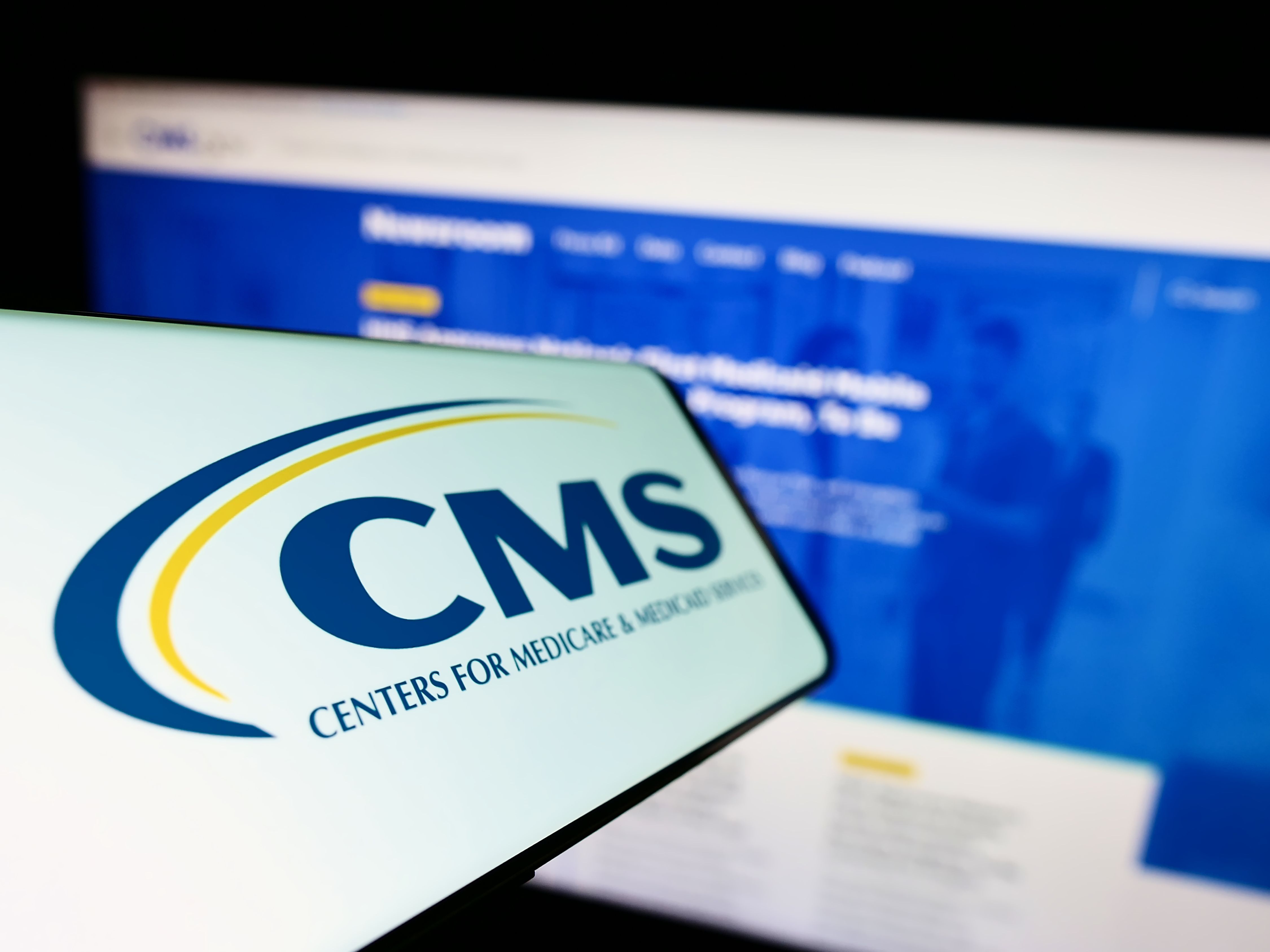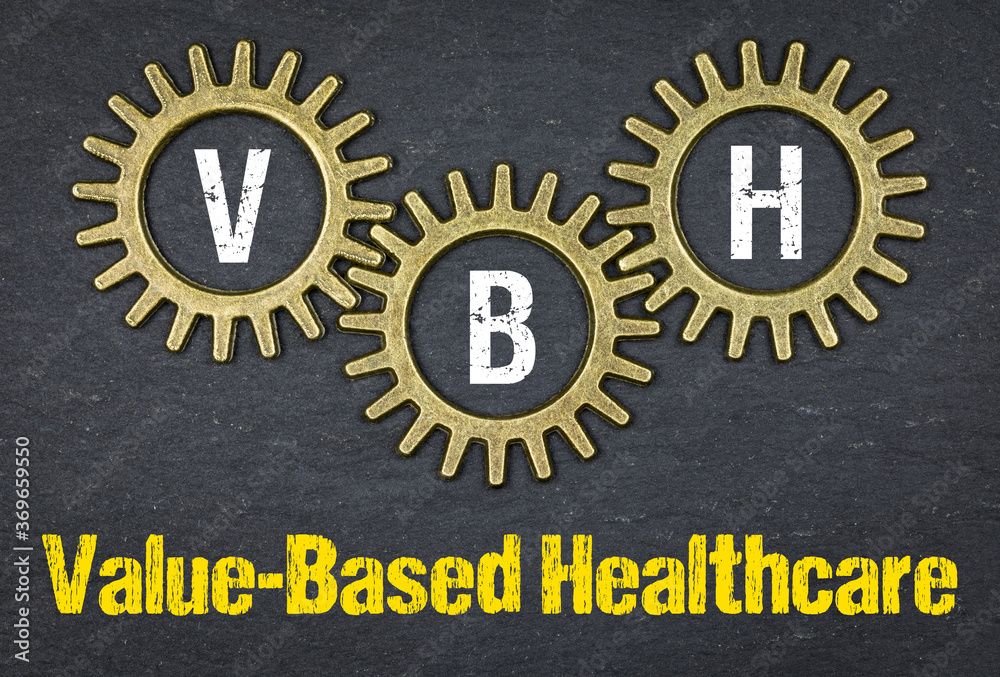Blog
Article
9 payroll tips to start 2025 on a High Note
Key Takeaways
- Physician-owned practices face challenges with unpredictable revenue and rising operational costs, impacting payroll management.
- A well-organized payroll system is crucial for operational efficiency, financial health, and regulatory compliance in 2025.
Rising costs can put financial pressure on medical practices, potentially resulting in challenges like payroll delays and operational setbacks. These tips can help.
Amy Glorioso: ©Kelly Benefits Payroll

Managing payroll in the health care and medical industry can pose significant challenges, particularly for physician-owned practices. With a heavy reliance on patient visits and fee-for-service payments, revenue streams can often feel unpredictable. Fluctuations in patient volume, delays in insurance reimbursements, and rising operational costs only add to the financial strain.
In fact, a recent poll from the Medical Group Management Association revealed that 92% of medical group leaders reported facing higher operating expenses in 2024 compared to 2023, while only 5% reported no change. These rising costs can put financial pressure on medical practices, potentially resulting in challenges like payroll delays and operational setbacks.
However,as the new year unfolds, there is an opportunity for practices to approach 2025 with a fresh perspective and set clear financial, operational, and service goals that align with their vision for the year ahead.
One of the foundational steps to ensuring a prosperous financial year is prioritizing your payroll system. A well-organized payroll process not only supports smooth operations but also lays the groundwork for long-term success.
For physician-led practices, payroll is more than just a routine task—it’s a critical element that influences operational efficiency, financial health, employee satisfaction and regulatory compliance.
Here are a few simple yet effective payroll steps to set you up for success in 2025:
- Verify employee information. It’s a simple thing that’s easy to overlook, but confirming your employees’ information can save you time, money and frustration later. Ask your employees to take five minutes to double-check that their reported information, such as their Social Security number and address, is correctly entered into your system and that any updates are captured.
- Double-check your employer information. Like with your employees, verifying your practice’s information is essential. Confirm if you’ve had any entity changes, such as your Federal Employer Identification Number (EIN), legal name or address, as those can impact wages and tax liabilities. Additionally, state and local EINs are required to file electronically—which is required by most agencies nowadays—so make sure you have EINs confirmed as well.
- Review payroll policies. Federal regulations and those within the state where your practice is located can change frequently, making the start of the year an excellent opportunity to review any updates and ensure continued compliance. Failure to comply can result in penalties or fines, so it’s crucial to make the necessary adjustments early on. By addressing these changes now, you can help ensure your operations run smoothly and without disruption.
- Update tax rates and benefits. Like federal and state regulations, tax rates can change in ways that may impact your payroll for the year ahead. Make sure you’re aware of any changes and update your withholdings appropriately. Any changes your practice made to employee benefits in 2024 may impact payroll, including 401(k) contribution changes and health insurance costs. Be sure to review any benefits changes that occurred in 2024 and ensure that they are reflected in payroll accordingly.
- Complete appropriate tax forms. Now is a great time to see if you qualify for any tax credits in 2024, such as the Work Opportunity Tax Credit. Complete all appropriate forms for relevant tax credits so you’re prepared for the start of the tax filing season.
- Check for payroll errors. Be thorough in checking for payroll errors and correct any discrepancies or mistakes you identify. A small error, such as an incorrect check that needs to be voided or pay adjustments, can become a bigger problem later if left unnoticed. Take the time to review this information now to avoid costly and troublesome corrections down the line.
- Company gifts. A commonly overlooked area of payroll is company gifts. Confirm that any gifts your practice received are correctly tracked in payroll so you can properly gross up your earnings.
- Plan for W-2 and 1099 reporting. Form W-2s and 1099s must be remitted to employees by January 31, 2025, to file annual tax returns, so it’s crucial to have a plan in place for how W-2 distribution will occur. Do you plan to mail the forms to employee homes, make them available electronically, or both? Whatever option you choose, communicate these details with employees so they know exactly where to find these critical tax documents.
- Include any fringe benefits on W-2s. Certain fringe benefits, such as personal use of a company car, employee gifts in the form of tangible items and services, and employer HSA contributions are taxable and need to be reflected on your employees’ W-2 forms.
As we move further 2025, paying attention to these small details can make a significant difference in ensuring your practice has an accurate payroll. A smooth first month sets the stage for a solid start to the new year, allowing you to focus on driving you forward rather than catching up on the past.
Amy Glorioso, CPP, joined Kelly Benefits Payroll in 2022 with nearly 30 years of experience in the payroll industry. In her current role as Vice President of Client Engagement, Amy is responsible for ensuring that all payrolls are delivered timely and accurately, as well as team development and client retention. Using her expertise in payroll procedures, best practices and compliance, she also is tasked with identifying and implementing process improvements and enhancements that ensure the best experience possible for clients.





